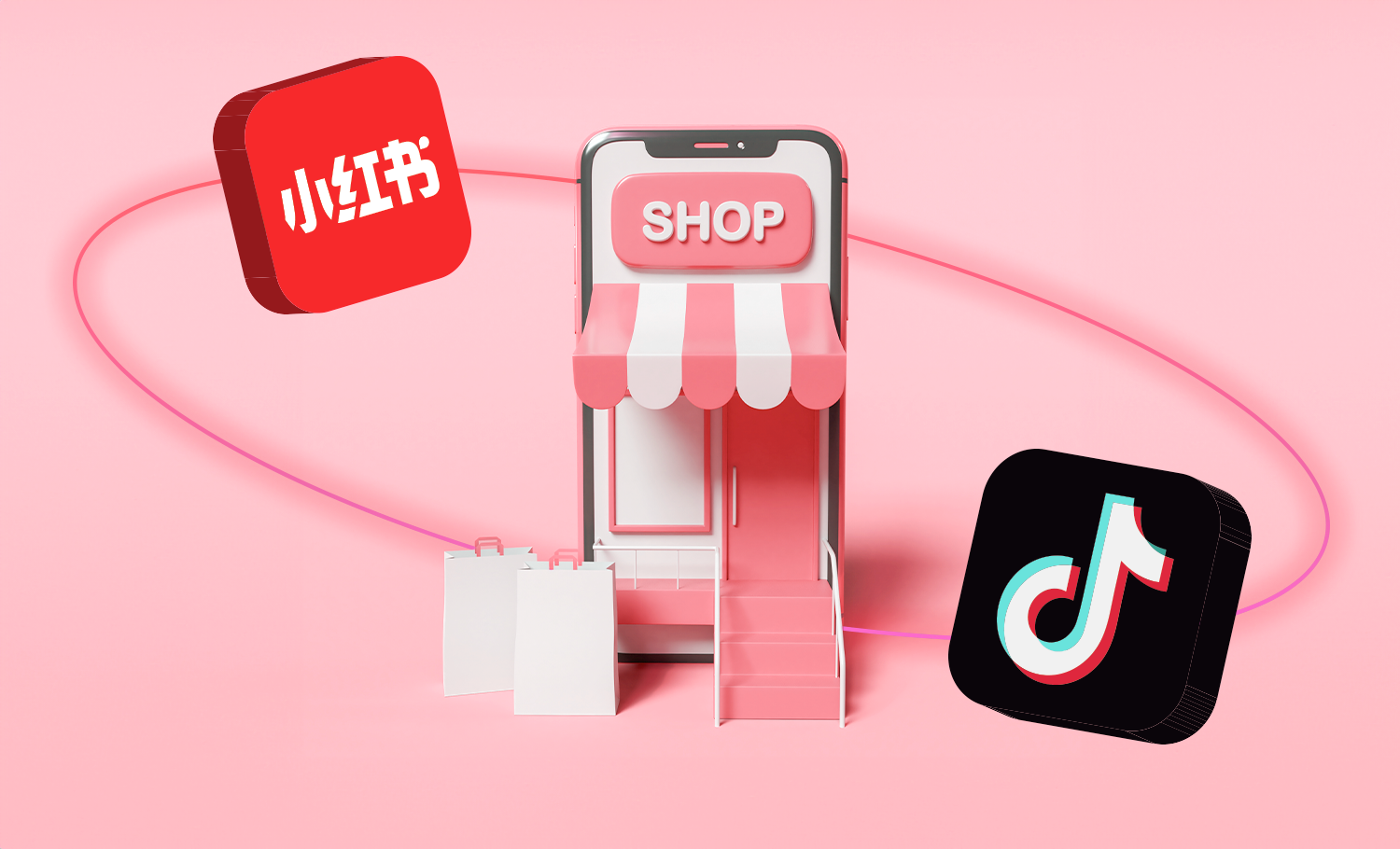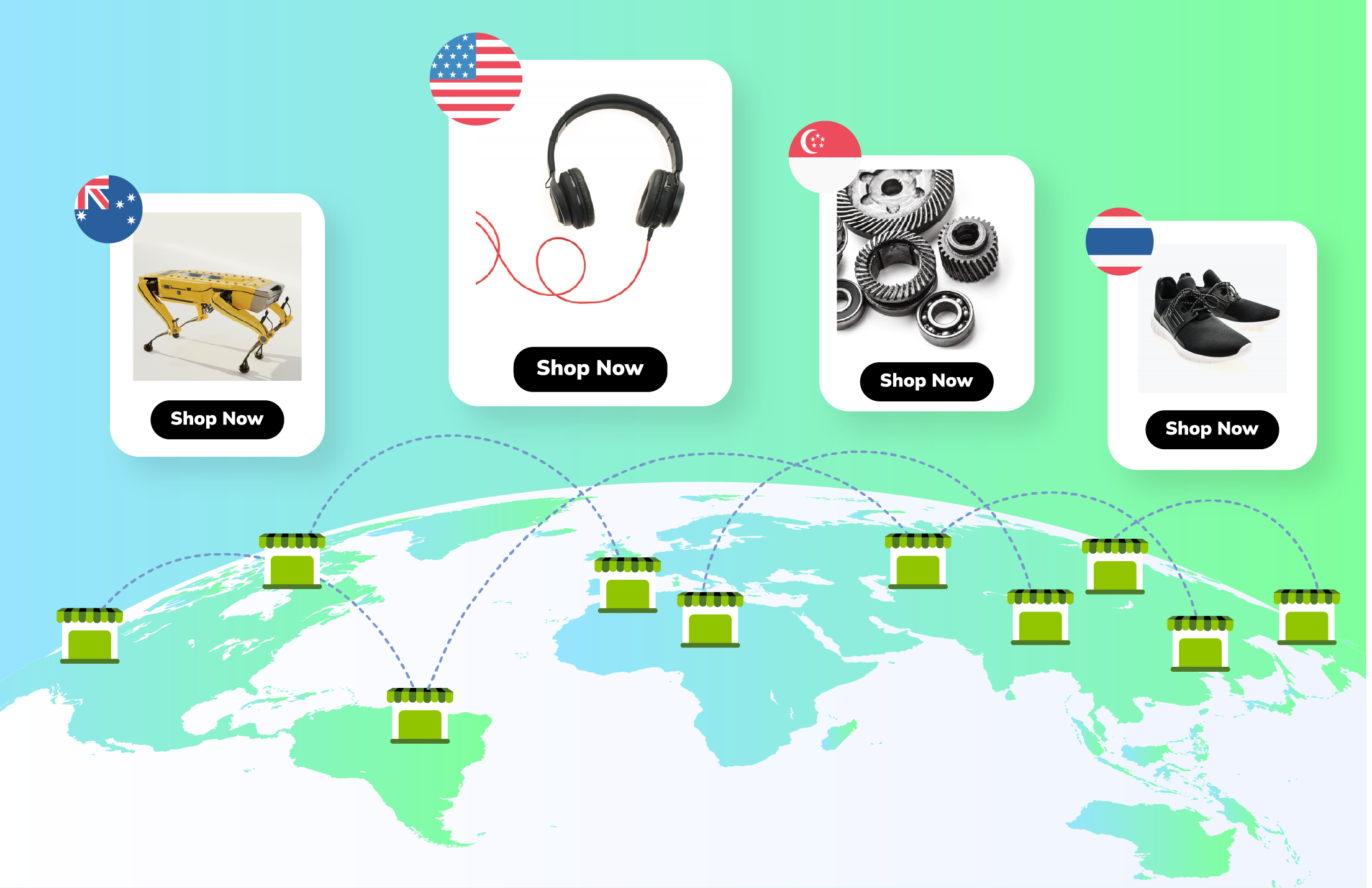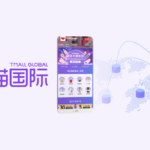"Black Friday" in China has become an online shopping spree: It fills the needs from numerous cross border eCommerce shoppers in China, and help international merchants to boost their branding power and sales.
This year's "Black Friday" campaign just came to the end. Comparing to what happened in previous years, what has shifted from the stereotypes? What are the latest trends from this cross border eCommerce fiesta in China?
Stereotype #1: Black Friday happened mainly offline
What's New:
Waiting in lines before midnight, doorbusters, in-store only deals… shopping in offline retails on Black Friday was not just a traditional, but also an experiences of a holiday phenomenon back in United States.

Meanwhile in China, Black Friday event are purely online. Chinese cross border eCommerce retailers first introduced this concept in 2014, as a following up event right after “Single Day” campaign. Now at the 3rd year’s presence in China, cross border eCommerce platforms partnered with foreign brands to create another big opportunity online.
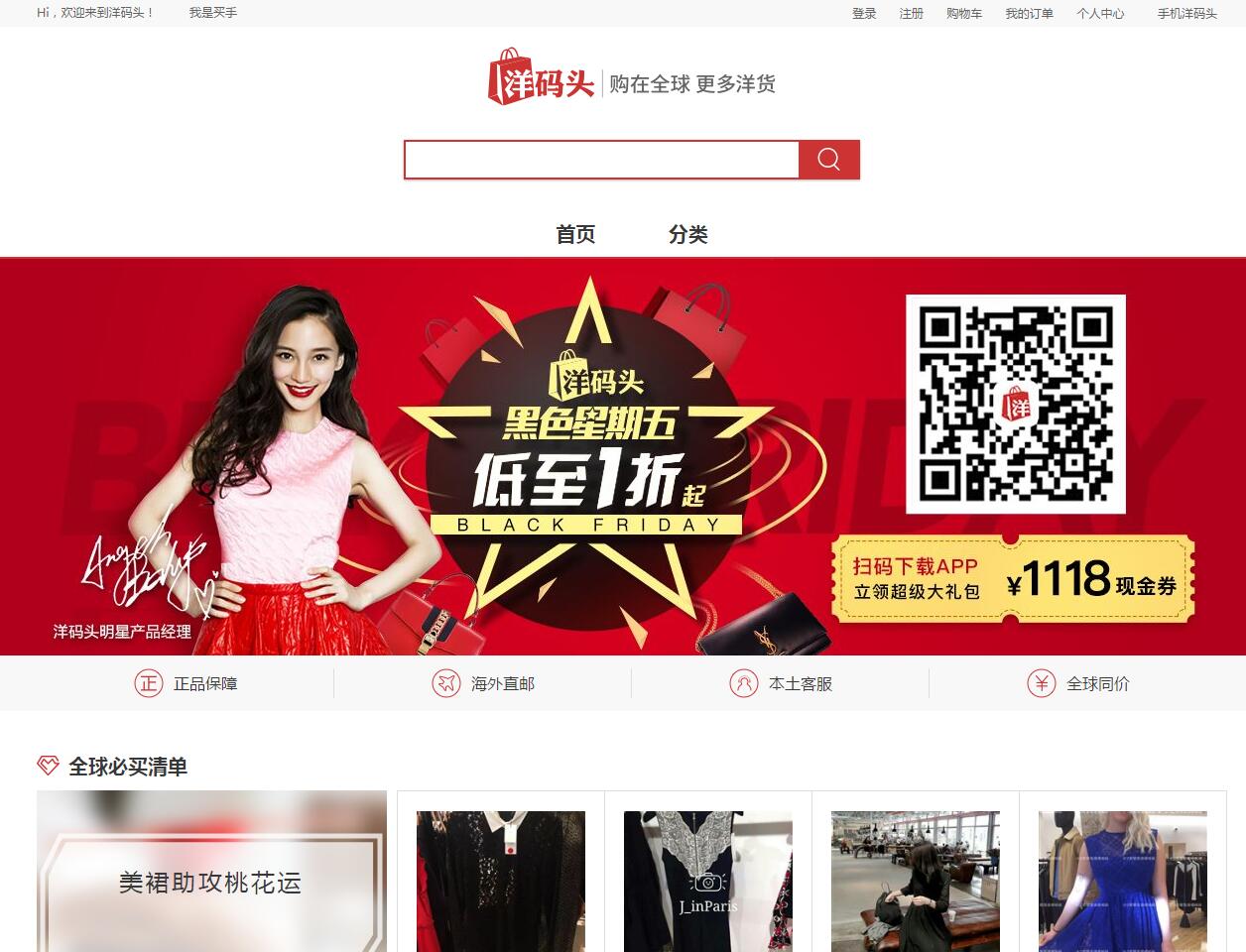
Stereotype #2: Black Friday lasted a whole day
What's New:
Traditionally in United States, Black Friday shopping event starts at 12am on the day following Thanksgiving Day until 12am the next morning.
But in China eCommerce, the Black Friday event lasted longer. This year, Ymatou.com is the first cross border eCommerce retailer to start Black Friday promotion, bringing on campaign Nov.14th. Most of other eCommerce retailers started on Nov.21st.
As told from Tmall's flyer, its Black Friday campaign lasted for a whole week.
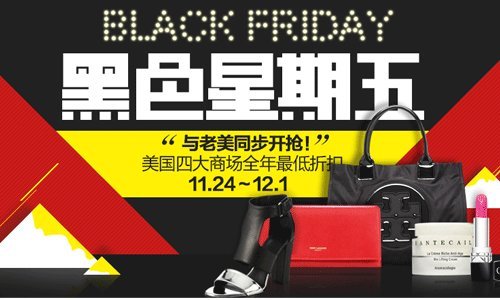
Stereotype #3: Black Friday in China only benefits American brands
What's New:
If you think that Black Friday event are only benefiting American products, you may be wrong: Black Friday today on China eCommerce platforms has evolved to a online shopping spree for not just American brands, but all foreign retailers.
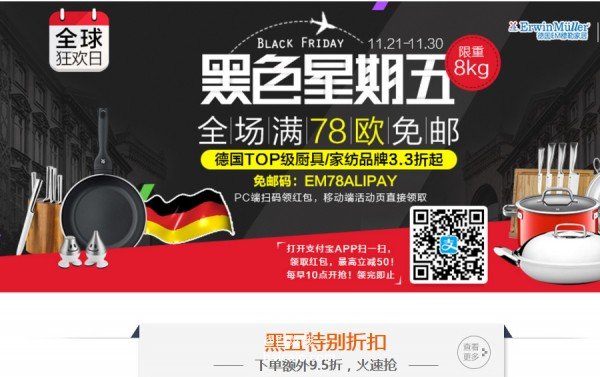
Erwin Müller, German kitchenware was also running a Black Friday campaign on China eCommerce.
Take Ymatou.com for example: during this year’s Black Friday event, customers purchased products from 80 different foreign countries. Australia, Japan, Korea and Holland are some popular Countries of origin.
Stereotype #4: Black Friday's cross border shipping takes forever
Stereotype:
Right now, direct shipping model and bonded zone model are two most popular shipping methods adopted by eCommerce retailers. On average, it takes 7 to 14 days to deliver under direct shipping model, and 3 to 7 days to deliver under bonded zone model.
Chinese shoppers understand that it will take more days to receive their products through cross border eCommerce channel, however retailers are still searching for different ways to improve oversea shipping process. For example, Tmall has strict rules for retailer’s delivery speed. If the package is delivered later than deadline, there will be coupon refund for customers, and Tmall will punish the retailer.
Stereotype #5: Black Friday’s target customers are new parents.
What's New:
It was the new moms and dads who just welcomed a newborn dominating the cross border eCommerce in China last year. Things have changed in 2016, though.
Currently, more than half of the cross border eCommerce shoppers in China are not married yet. Meanwhile, younger groups make up the majority of shoppers on cross border eCommerce platform.
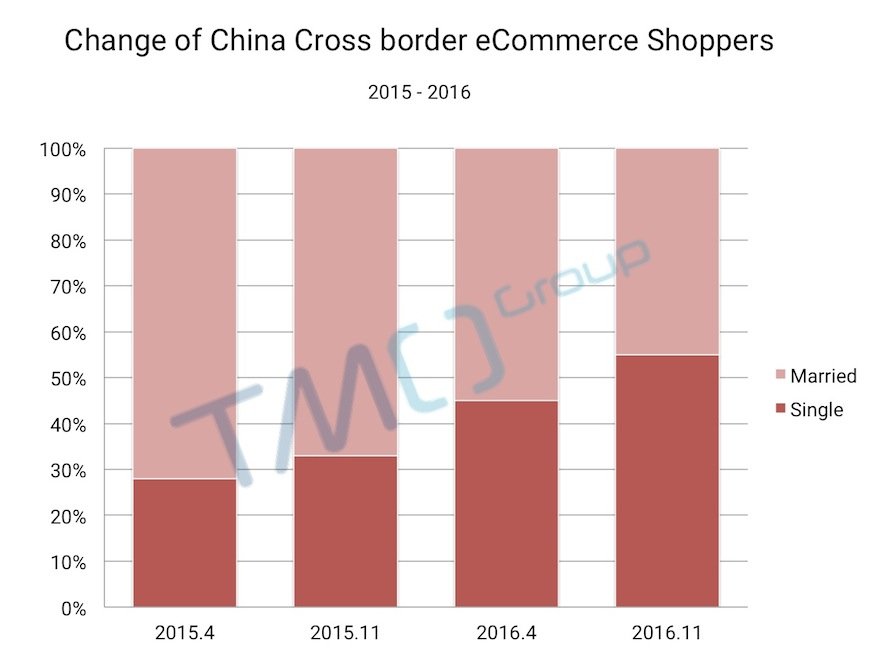
Based on the research from Kaola.com, only 29% of all customers are aged above 30. The percentage of shoppers aged 23 -26 and 27 – 30 are 24% and 26%, respectively.
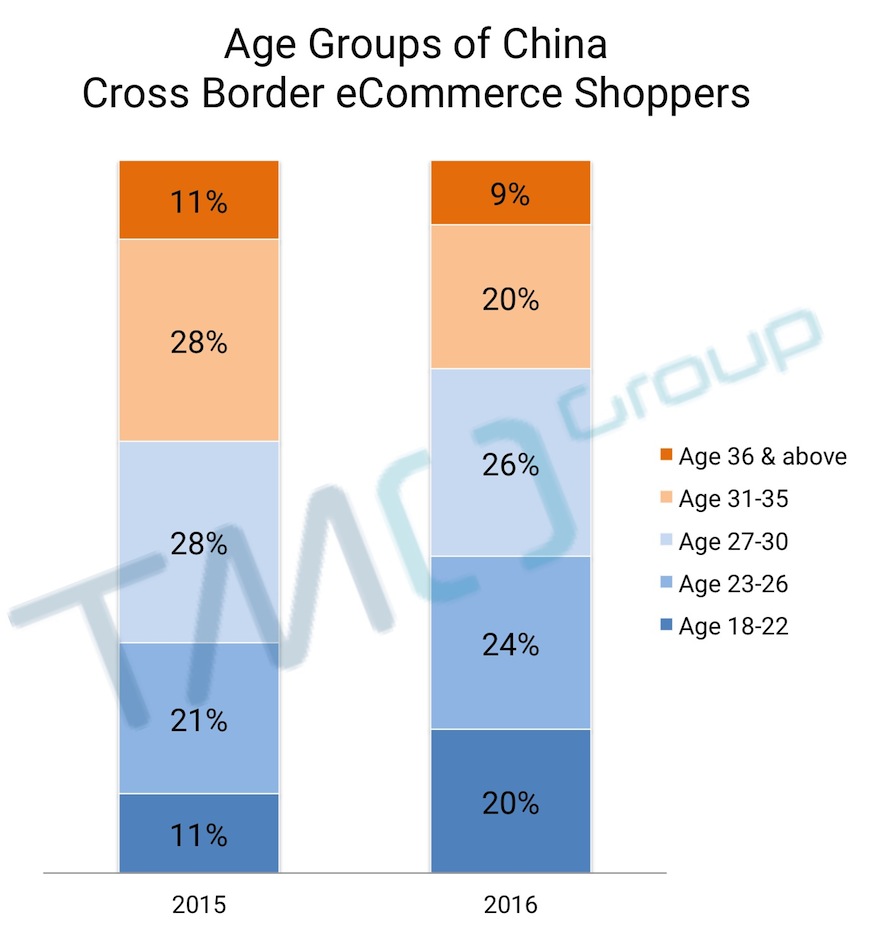
Stereotype #6: Only Tier 1 city in China embraced Black Friday
What's New:
Black Friday in China does only belong to the wealthy, hip citizens in tier 1 cities. The degree of impact is more visible in tier 2 and tier 3 towns in China.
Hangzhou, Guangzhou and Shanghai are the top 3 cities with the most cross border eCommerce shoppers, followed by Beijing, Nanjing, Suzhou, Shenzhen and Wuhan.
Stereotype #7: Black Friday is a simple click-and-buy affair
What's New:
This year’s Black Friday is more than just simple click-and-buy. Cross border eCommerce retailers in China focus more on interactivity and consumer engagement through experimenting new technology this year.
For example, live streaming was widely used for brands to promote themselves to mass customers in China. Tmall's grocery channel livestreamed the whole process of fishing lobster in Australia,
with purchase buttons on the bottom of the page.
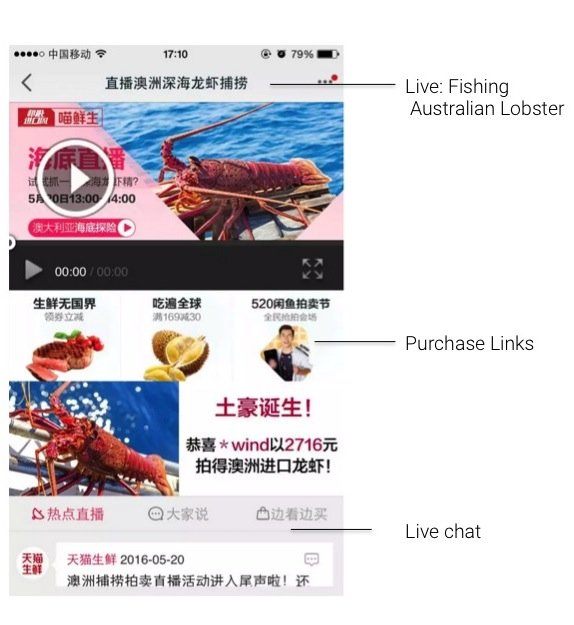
Virtual reality, augmented reality and real-time interactivity are also featured prominently during the Black Friday promotion.

Tmall's "Buy+", world's first VR shopping store
Stereotype #8: New cross border eCommerce policy in China makes everything more difficult
What's new:
On April 8th, 2016, China launched new cross border eCommerce policy, which regulated new tax policy on cross border eCommerce items.
The new policy seemed to tighten the whole cross border eCommerce industry. However, according to the latest news, this new tax policies for cross border eCommerce will be postponed further, till the end of year 2017.
As for now, foreign brands can still sell their products to China through cross border eCommerce channel without getting affected.
TMO Group Will Help You Drive eCommerce Growth in China
As a developing pioneer in China, TMO Group know China eCommerce ecosystem well, and we will to give you the service and quality workmanship that is well expected.
Please feel free to contact us with any questions regarding cross border eCommerce solutions that you may have.


